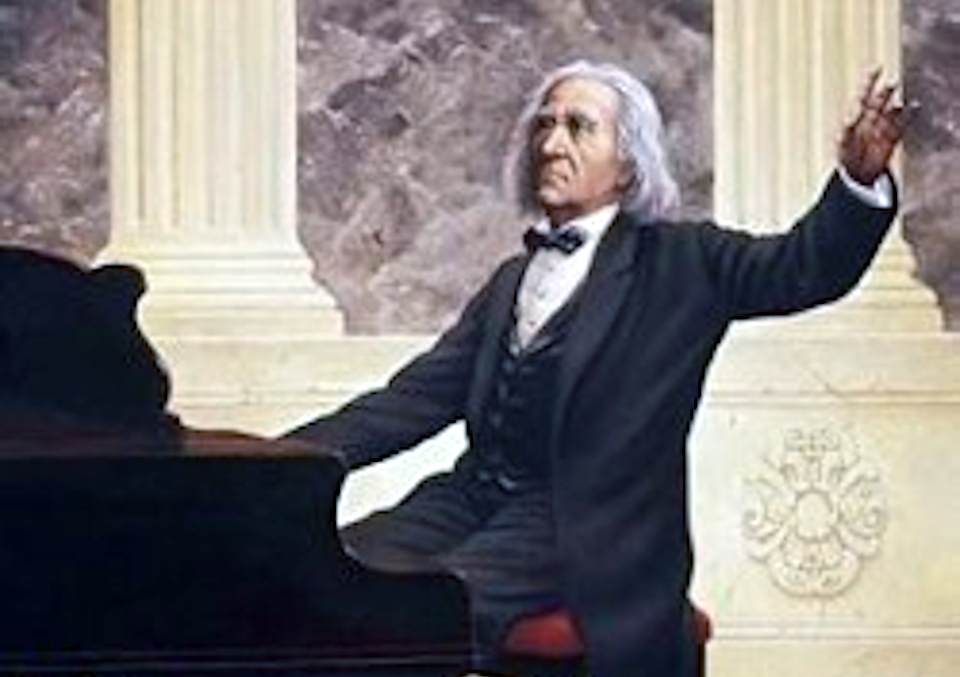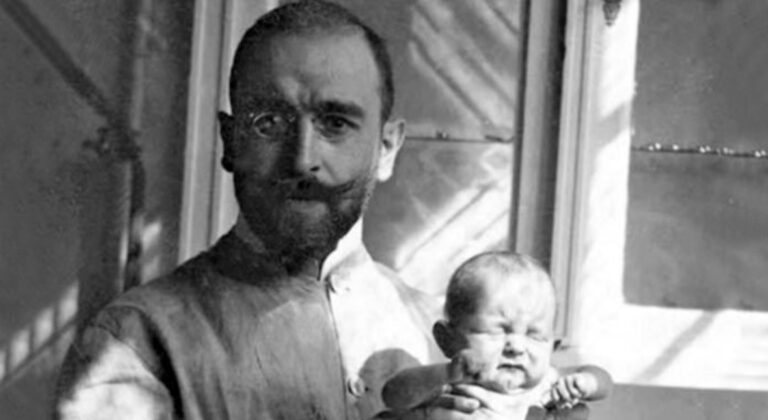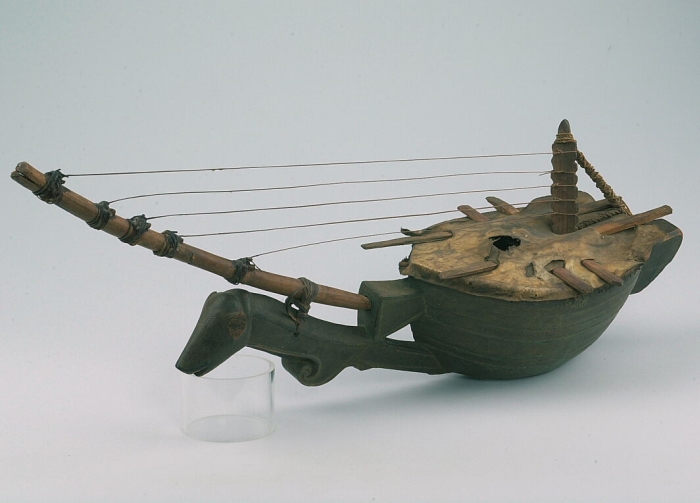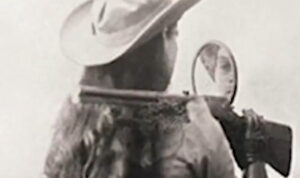Franz Liszt was revolutionary not just as a performer but also as a composer and innovator. Before him, piano concerts were usually part of a mixed program with multiple performers. Liszt changed this by popularizing the solo recital, where one pianist would perform an entire program alone—a format that’s now standard worldwide.
He also expanded the technical possibilities of the piano. His compositions demanded unprecedented virtuosity: rapid octaves, intricate arpeggios, wide leaps, and layered textures that pushed both the performer’s fingers and the instrument itself to its limits. In fact, some of his pieces were considered almost unplayable at the time.
Beyond technique, Liszt redefined the piano as a symphonic and orchestral instrument, creating a rich palette of sounds and dynamics that influenced generations of composers, from Chopin and Brahms to Rachmaninoff. His dual genius as a showman and a technical innovator helped elevate the piano recital from a social gathering to a full-fledged artistic event.
Here are three of Liszt’s most groundbreaking piano techniques that transformed piano playing and still challenge pianists today:
Inventing the Solo Piano Recital
Before Liszt, concerts were typically mixed programs with multiple performers. Liszt created the solo recital, performing entire programs alone and turning concerts into full-fledged artistic events.
Impact:
-
Audiences experienced a narrative journey, following one performer through contrasting moods and dynamics.
-
Pianists developed stamina, stage presence, and interpretive depth.
-
Today, the solo recital is standard worldwide.
Amazing Fact: Liszt’s concerts sparked Lisztomania—fans would scream, faint, or rush the stage to grab his gloves or hair as souvenirs. The term is still used to describe fan hysteria.
Virtuosic Octaves and Tremendous Leaps
Liszt’s music demanded feats of dexterity unheard of in his era. Rapid repeated octaves, enormous keyboard leaps, and intricate arpeggios were common. Pieces like La Campanella pushed the piano to its limits.
Technical Impact:
-
Pianists had to develop extraordinary hand flexibility, wrist rotation, and arm weight control.
-
Spatial awareness and finger independence were critical for accuracy.
Amazing Fact: Some passages were so difficult that pianos were occasionally reinforced or slightly modified to accommodate Liszt’s extreme demands.
Layered Textures and Orchestral Illusions
Liszt treated the piano like a full orchestra, with the left hand as active as the right. His polyphonic writing created a rich, symphonic sound on a single instrument.
Technical Impact:
-
Pianists had to control multiple voices simultaneously, balancing melody, counter-melody, and accompaniment.
-
Achieving clarity in dense textures required both mental focus and physical independence of hands.
Amazing Fact: Liszt could improvise entire orchestral textures on the piano, astonishing audiences with his ability to fill a hall with complex, layered sound.
Innovative Pedal Use and Coloristic Effects
Liszt expanded the piano’s tonal palette through advanced pedaling and sound effects. He experimented with half-pedaling, una corda, rapid pedal changes, glissandi, and repeated-note textures to mimic orchestral instruments.
Technical Impact:
-
Pianists had to develop a highly sensitive ear for tonal color, timing, and resonance.
-
Special effects required meticulous pedaling control and hand coordination.
Amazing Fact: Liszt sometimes requested custom pedals or modified piano actions to achieve his desired effects, turning some instruments into unique prototypes.
Physically Grueling Passages
Liszt’s compositions often pushed the limits of human endurance. From massive hand-crossing sequences to lightning-fast chromatic runs, his music demanded both strength and stamina.
Examples:
-
Transcendental Études demand rapid-fire arpeggios, double-thirds, and massive leaps that challenge both speed and accuracy.
-
Mephisto Waltz No. 1 features rapid octave passages, swirling chromatic scales, and thunderous left-hand jumps that seem almost orchestral in scale.
-
Hungarian Rhapsody No. 2 combines dazzling runs, powerful chords, and sudden dynamic shifts, testing both finger agility and explosive control.
Technical Impact:
-
These passages forced pianists to rethink their approach to hand mechanics, wrist rotation, arm weight, and endurance training. Liszt’s music often required practicing in segments, developing a deep understanding of tension release, and even conditioning the forearm and wrist like an athlete—long before modern piano pedagogy formalized these techniques.
Amazing Fact: In short, Liszt’s “superhuman” passages were not just for show; they expanded the technical vocabulary of the piano, inspiring future composers like Rachmaninoff, Prokofiev, and Ligeti to push the instrument even further.
Performance and Celebrity
Liszt wasn’t just a musician; he was a cultural phenomenon. His concerts combined artistry, showmanship, and charisma, influencing the modern idea of the celebrity performer.
Amazing Facts:
-
He was the first pianist to tour extensively across Europe, performing in nearly every major capital.
-
Audiences would react with overwhelming enthusiasm, and his reputation inspired generations of virtuosos.
-
He personally taught many of Europe’s top pianists, spreading his revolutionary techniques.
Technical Innovations That Shaped Modern Piano Playing
Liszt’s influence goes beyond spectacle. His works pushed piano construction, technique, and pedagogy forward:
-
Layered textures inspired modern polyphonic writing.
-
Octave leaps and arpeggios set new standards for virtuosity.
-
Pedal experimentation expanded expressive possibilities.
-
Physically demanding passages trained pianists to combine endurance with artistry.
Amazing Fact: Liszt’s Transcendental Études remain among the most challenging works ever written, still used today as benchmarks for piano mastery.
Composer of the First Symphonic Poems
Liszt pioneered programmatic orchestral works and transcribed them for piano, merging narrative storytelling with technical brilliance. He essentially transformed the piano into a mini-orchestra capable of symphonic expression.






